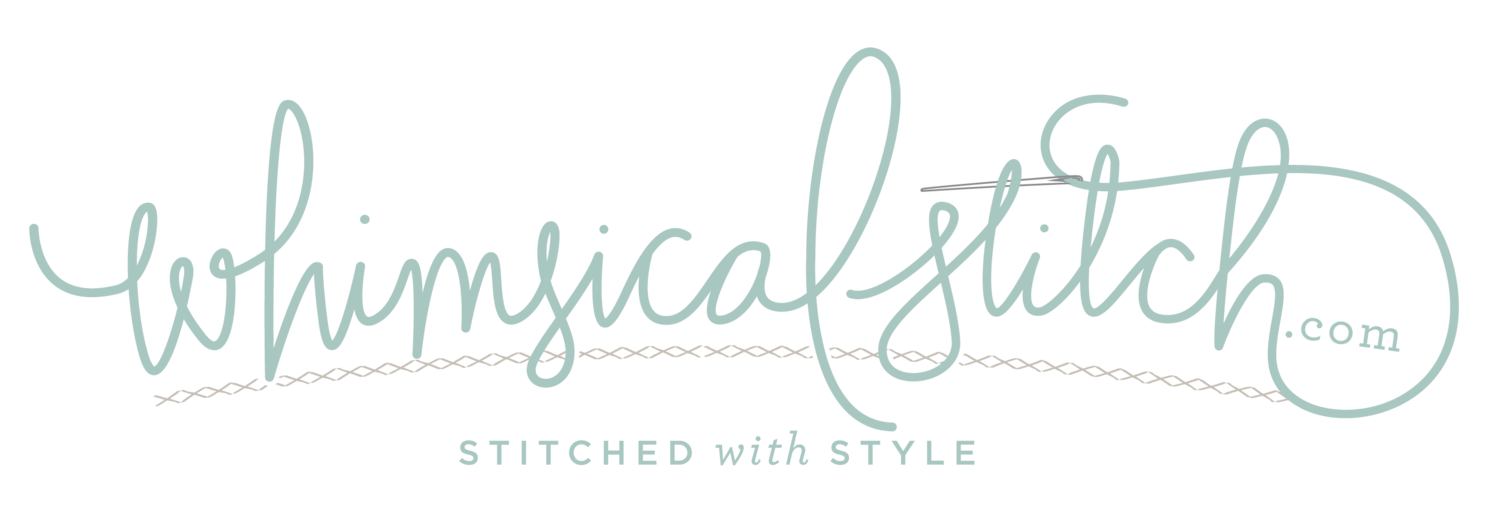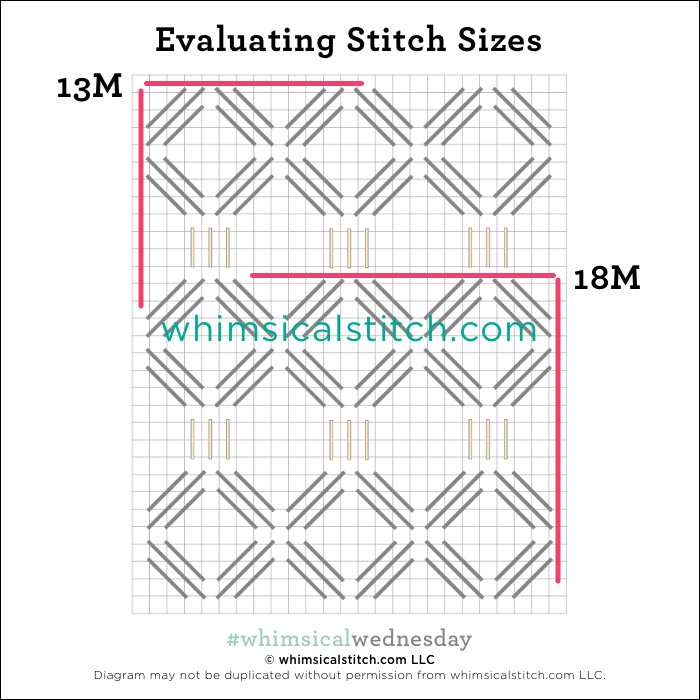Cheat days should not be just for diets. I say this because I feel a tiny bit guilty in sharing a variation of a recent stitch. But it’s really cute, I promise.
The stitch is a variation of a stitch I shared a few weeks ago. The customer kept the spirit of the stitch intact but chose a rectangular shape. I really like both, but this one is a centimeter ahead in my heart because I don’t know when I would have thought of a rectangle for this effect. I am speaking of using a single stitch and thread combination for an entire multi-colored area. My student, Lynn, hit this out of the park with a size 8 Kreinik (for all lines) on an 18M canvas.
Using one stitch for a multi-colored area such as this background defines the background and clearly distinguishes it from the subject of the piece. I’m not sure where this idea originated, but I have seen several beautiful examples of it out in the wild. I was thrilled to have a piece where it was the perfect solution, finally!
It is also fair of me to warn you there will be rectangle columns somewhere in the future.
I hope you have the perfect spot for today’s stitch. Have fun playing with it!
As you are auditioning stitches (from any stitch source), count the number of canvas threads on the diagram that match your mesh size. And there you have what an inch of the stitch will look like. Evaluate that against the area where you plan to use the stitch and make your final decision. If you start integrating this step into your stitch selection process, you may be surprised at how many stitches you think are large are much smaller than you realize.
By (sometimes) including this step in my own process, I find I am now integrating much longer stitches than I ever thought I would. I used to think a stitch six rows long was super big. I have very much changed my tune, which has helped me expand my creativity, especially for large-space stitches.
Today’s stitch diagram, along with all other #whimsicalwednesday and #smallspacesunday stitch diagrams, can also be found on a Pinterest board here. Be sure to follow whimsicalstitch.com on Facebook, Pinterest, Instagram, and Twitter.
If you like what you see on this blog, there's more. Mary’s Whimsical Stitches is a series of four books offering contemporary how-to collections of more than 200 stitches (in each volume) for all stitchers, regardless of skill level. All books include updated and sequenced diagrams from this blog, plus a collection of all-new stitches from private lessons and other class projects. Visit here to find a needlepoint retailer that carries my books.
New to needlepoint or looking for a refresher? Please download a handy how-to guide covering basic needlepoint stitches and stitch compensation techniques along with new top-line information on needlepoint materials and tools, how to handle threads, and other helpful needlepoint resources.
whimsicalstitch.com also sells Stitch Guides and Stitch Concepts for Melissa Shirley Designs, Zecca Designs, Sandra Gilmore, Purple Palm, Maggie, and Penny MacLeod, and many more. Click here to see the newest guides and click here to see the entire collection.
I hope you have the perfect spot for this stitch! Please enjoy! Have a wonderful #whimsicalwednesday!
A Note about Diagrams
I use color in diagrams to make them as clear as possible. The primary function of different colored lines is to illustrate a stitch sequence. For example, the layering of colors demonstrates you add them in that order. They can also provide ideas on integrating additional threads (one line for each color). Or, you can use the same thread for all color lines. That's where I encourage you to use your imagination for the space you are stitching!























